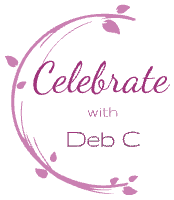In this glorious season of advent, we tend to pause to appreciate each other and share a little extra love with those closest and even those farther away. It is in this vein that I have been drawn to write an article on “the Christmas Season” and what it means to so many of us. Really, it’s to say Happy Merry Christmas Etcetera to all of you dear readers because I am grateful for each of you and wish you all the best over the season.
Let’s look at some of the different holidays that happen around this time of year. In no particular order:
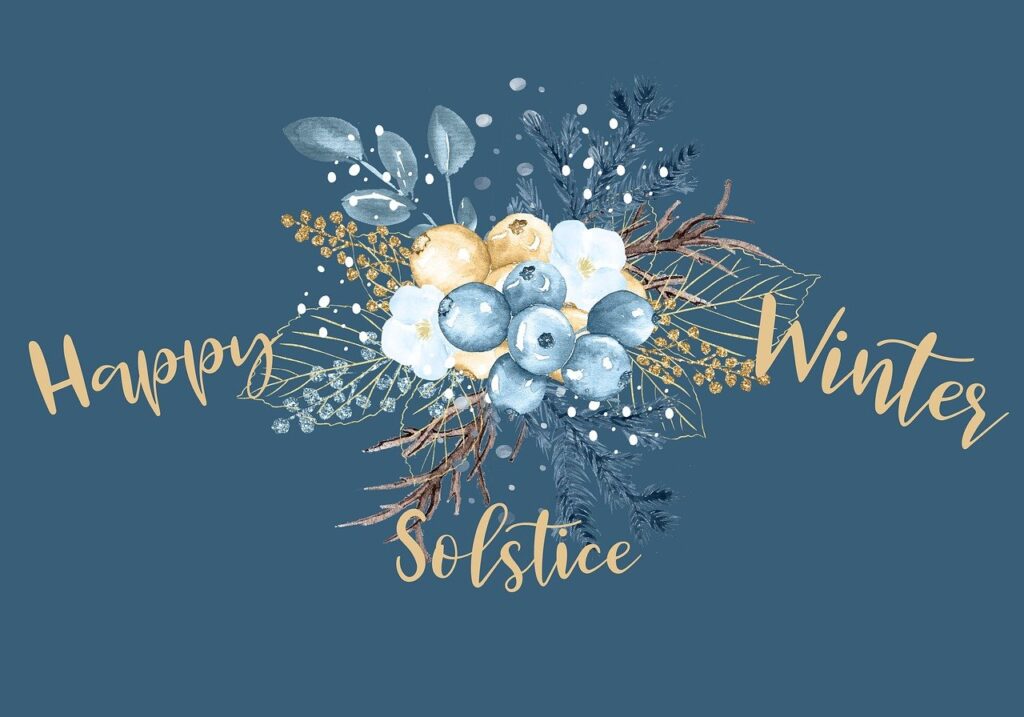
Winter Solstice
Winter Solstice is also sometimes called midwinter, the shortest day or the longest night. Specifically, it is considered to be winter solstice when a hemisphere is tilted as far away from the sun as possible. This year it will take place on December 21st at 10:27pm EST. Set your clocks! Winter Solstice is often marked by a winter festival.
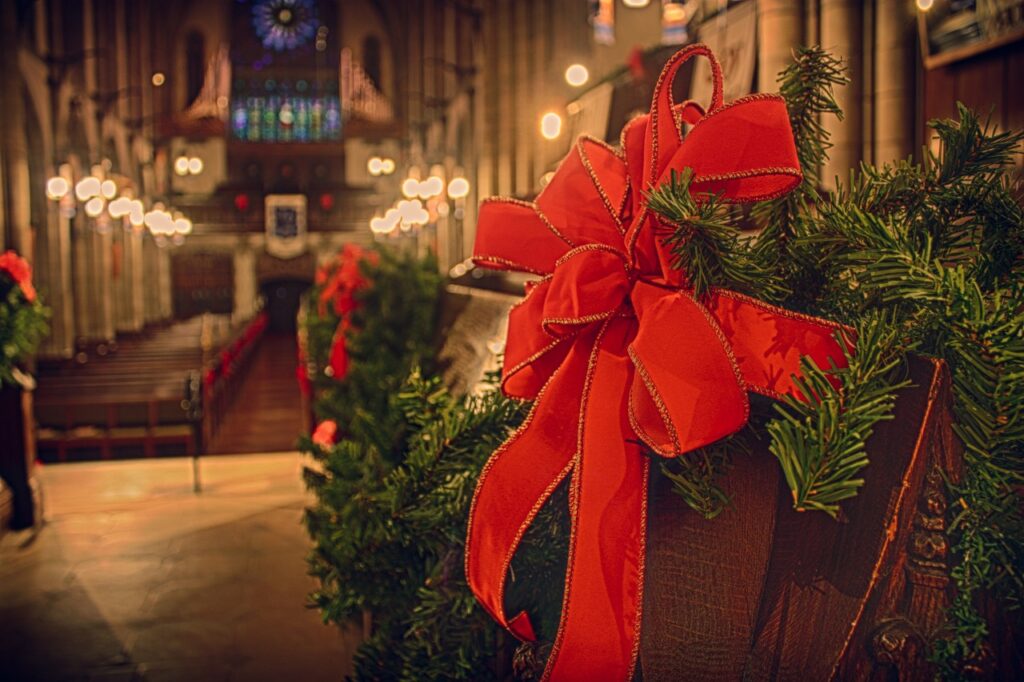
Christmas
Christmas is the Christian celebration of the birth of Jesus. For lack of a better phrase, it’s a really big deal for Christians and is celebrated throughout Advent with special readings, ultimately ending on the story of the birth of Jesus. There are Christmas dinners and teas, and often three extra services depending on your particular congregation; a blue service for those that find the Christmas season particularly difficult, then a family service that often includes a play or songs by the children and then a candle light service later in the evening. Carols are sung… none involving two front teeth or a hippopotamus but rather the beautiful, classic hymns like Silent Night or Oh Come All Ye Faithful. I have been enjoying this playlist this Christmas.
Over the years, Christmas has become more of a secular holiday that is marked by the exchange of gifts, large family gatherings and a visit from Santa Clause. But for Christians it is so, so much more.
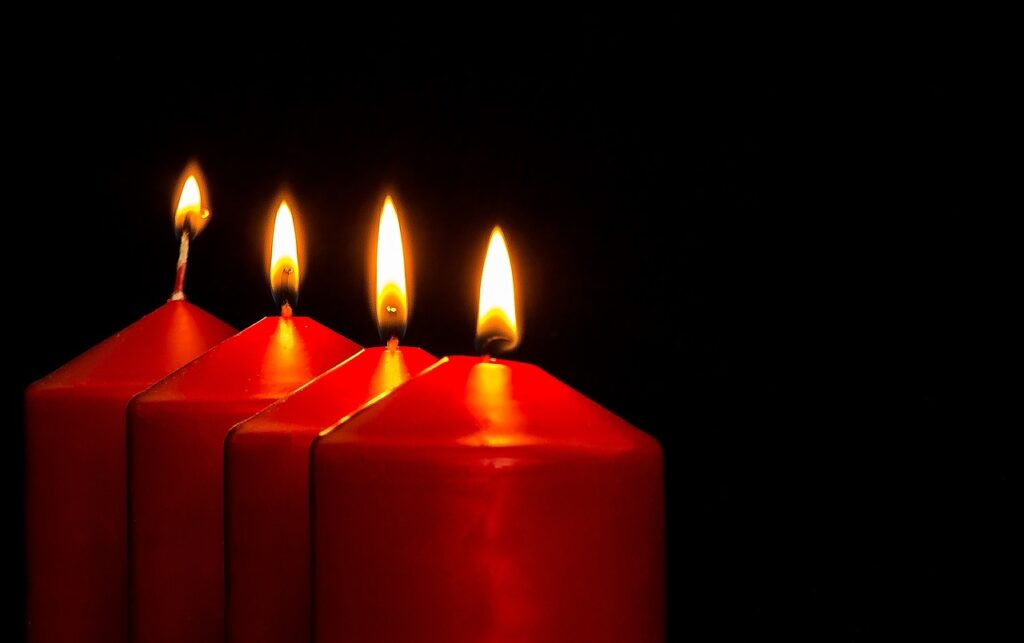
Advent
Advent is celebrated by Christians and is the 4 weeks leading up to the birth of Jesus. Each week a candle in a wreath is lit and each week has a unique theme to reflect upon; hope, peace, joy, love. The final candle this year will be lit on December 24 in churches and homes around the world. The wreath represents God’s infinite and everlasting love for us and the candles light the way for the Light of the World.
While I also love eating small chocolates every morning… chocolate advent calendars have seriously deviated from the meaning of this season.
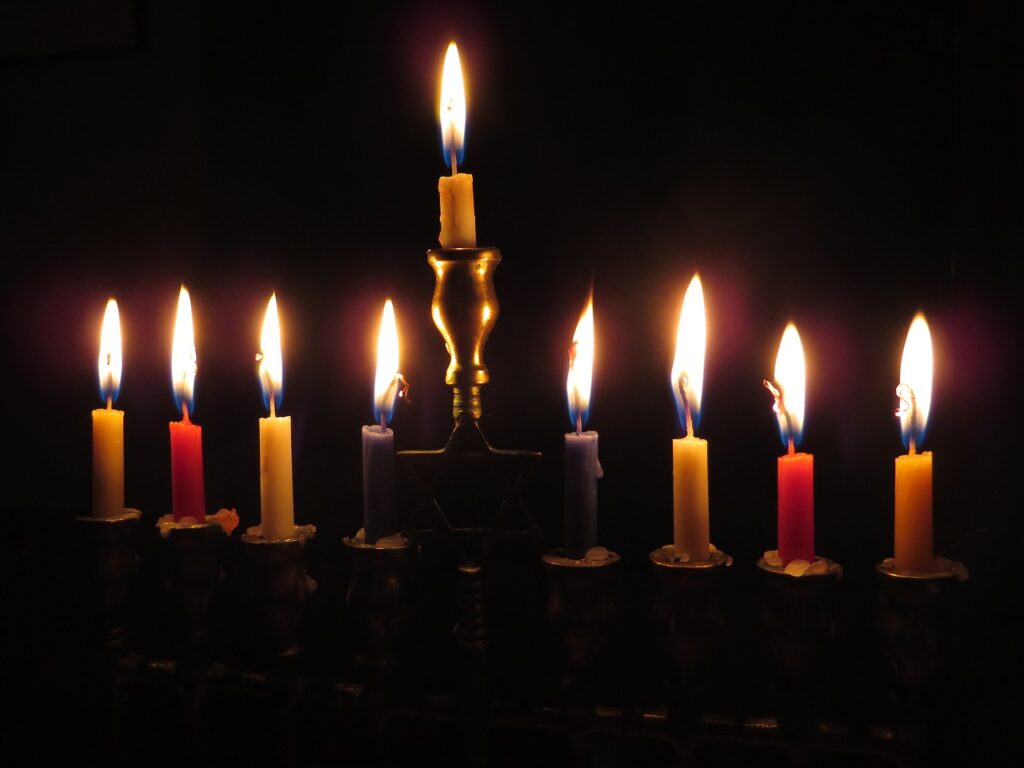
Hanukkah
Our Jewish friends around the world celebrate Hanukkah each year with an 8-day holiday that starts on December 18th. The Jewish Festival of Lights entails the lighting of a nine-branched menorah each night. The ritual symbolizes how one day’s worth of oil miraculously lasted for eight days during a battle between a small group of Jewish folks and the powerful Greek-Syrian army in 165 BC. They are said to have emerged victorious and reclaimed the Holy Temple in Jerusalem.
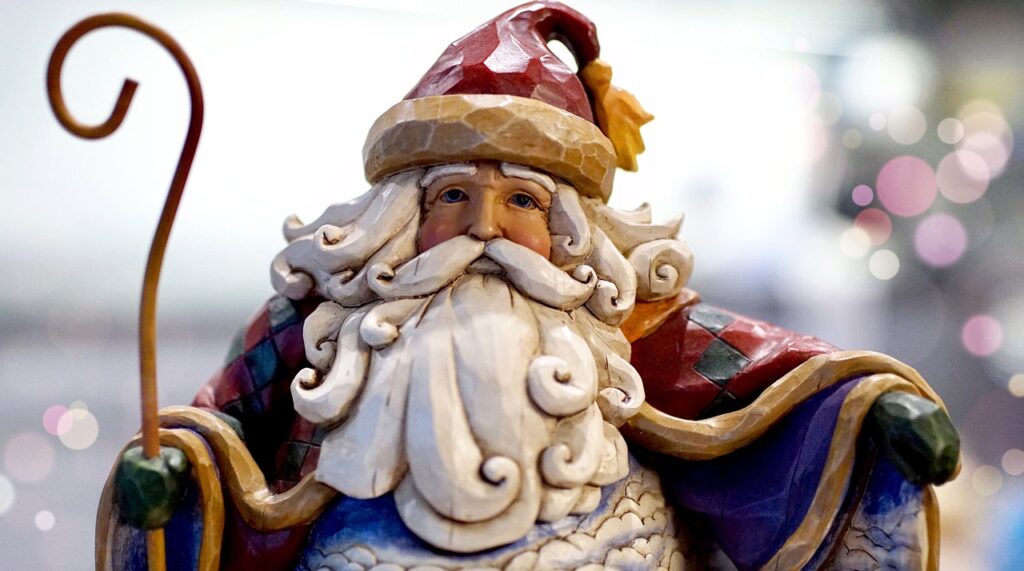
St. Nicholas Day
St. Nicholas Day is also known as the Feast of Saint Nicholas. Christians honor the birthday of Saint Nicholas…. Who is also the inspiration behind Santa Claus as he had a proclivity toward gift-giving.
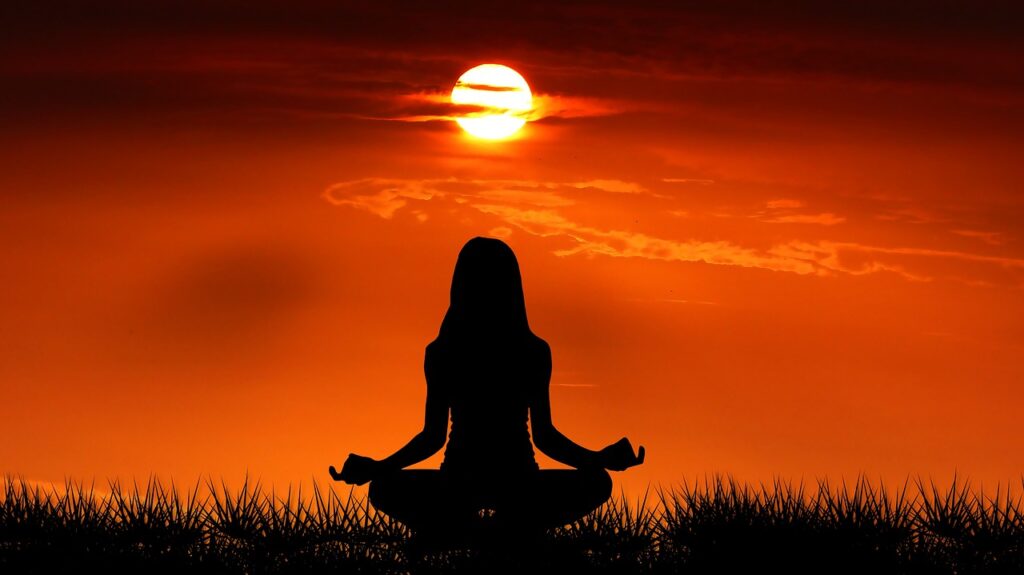
Bodhi Day (or Rohatsu)
This Buddhist tradition honors the day in which the Buddha, Siddartha Guatauma, is said to have achieved enlightenment. Many Buddhists will celebrate this day through meditation.

Feast Day of Our Lady Guadalupe
Mexicans and Mexicans that live in other parts of the world often celebrate the feast day of Our Lady of Guadalupe, the patron saint of Mexico. She symbolizes patriotism and devotion. Millions of pilgrims visit the Basilica of Our Lady of Guadalupe in December to celebrate the festival which marks one of several apparitions of the Virgin Mary that some Catholic believers say was witnessed by a Mexican man in 1531. The Virgin Mary’s face is abundant in Mexico—in homes, shops and shrines.
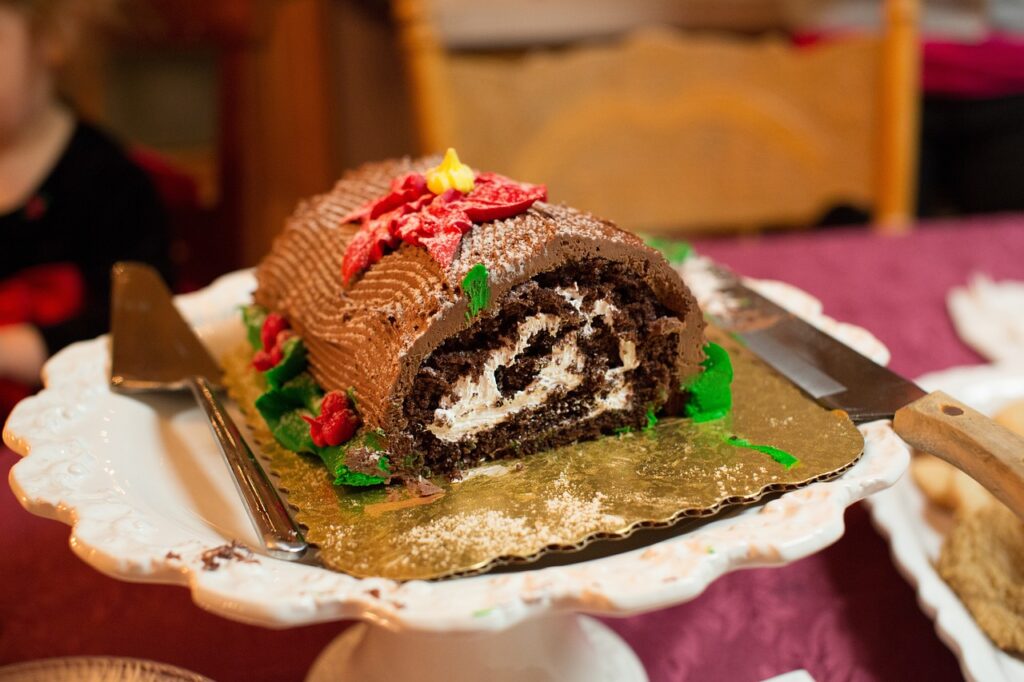
Yule
Yule is celebrated by Wiccans and Neo-Pagans that celebrate the winter solstice and following days through the festival of Yule. Yule celebrates the re-emergence of the sun and the days beginning to grow longer again. It started as a Norse festival. A common tradition is the burning of the yule log, which originally was done to celebrate the sun’s return. This has been folded into a familiar Christmas tradition since as early as the 9th century but some still stay with the original Yule celebrations.
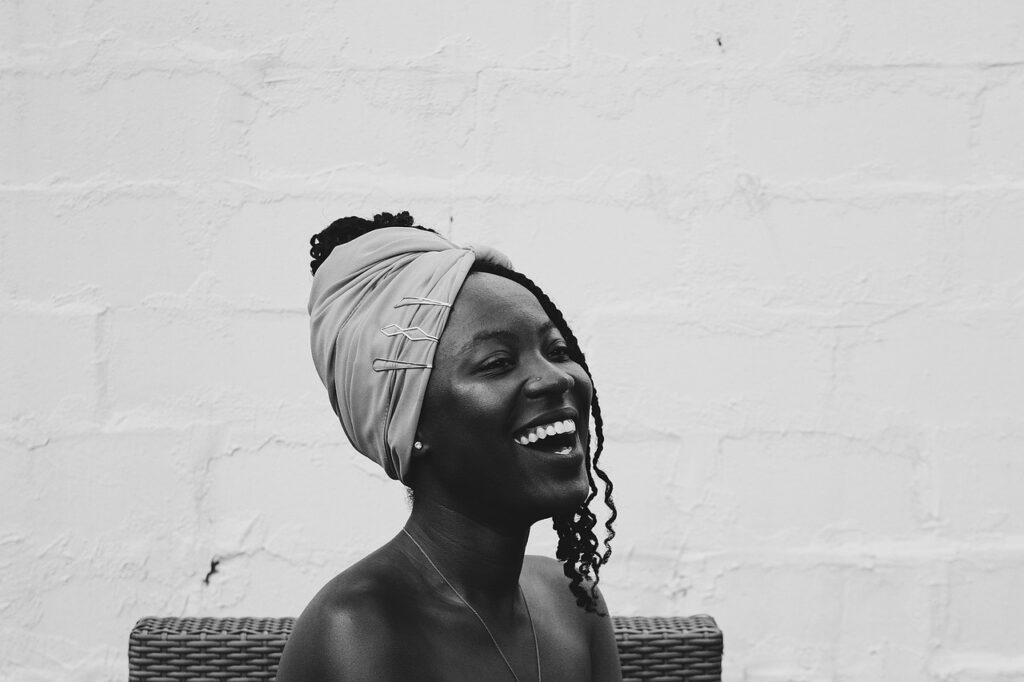
Kwanzaa
Kwanzaa is a relatively new holiday that was created in 1966 to honor African-American heritage. It is a cultural holiday rather than a religious one but it’s certainly worthy of its place in this list. It was created by black nationalist, Maulana Karenga as a way to unite the African-American community following the Watts Rebellion.
There are seven key principles for Kwanzaa: unity; self-determination; collective responsibility; cooperative economics; purpose; creativity; and faith. Its name comes from the Swahili phrase “matunda ya kwanza,” which translates to “first fruits.” Kwanzaa celebrations draw from African musical and storytelling traditions.
I encourage you to learn more about Kwanzaa.

Boxing Day
Boxing Day is a British tradition that occurs the day after Christmas and dates back to the 1800s when Queen Victoria ruled. At the time, it was a day to ensure that upper class Britons gave servants and workers a day off, in addition to giving them a present. Today this holiday has evolved into a more commercial occasion with the prevalence of “Boxing Day Sales”.

New Years
New Years Eve is marked with parties as revelers set off fireworks, set resolutions and count down to midnight to welcome in the new year. In some post-Soviet countries New Years Eve is celebrated with traditions similar to Christmas such as the arrival of gifts from “Grandfather Frost”.
Phewf, that’s a lot of holidays for a short period of time and I’m sure that I may have missed a few too. Please let me know if I did as I’m happy to learn and share.
Happy Holidays vs. Merry Christmas
I am daring to go here, to add my voice to the conversation. I was born into a Catholic family and now raise my family in a Christian home. I have always said Merry Christmas and likely will continue to. When I do so, it’s because I am genuinely wishing the recipient a wonderful season. That said, if I know that a person is Jewish, I would certainly wish them a Happy Hanukkah or if it’s the day of the Winter Solstice, I may wish others a Happy Winter Solstice. My intention with this greeting isn’t to convert you or to assume that you are a Christian by saying Merry Christmas, it is only to wish you a wonderful day full of blessings, love and laughter and family and gifts and joy.
Let’s not water it down to a generic Happy Holidays every time as it really doesn’t say much about much.
Here are just a few greetings to consider this month.
- Merry Christmas
- Happy Hanukkah
- Happy Kwanzaa
- Yuletide Greetings
- Happy holidays
- Joyeux Noël
- Feliz Navidad
- Season’s greetings
- Happy New Year
I’ll sign off now and you may be happy to learn that this will be my final Christmas season post. I have a great line-up of articles on Financial Resilience to start the new year so keep a lookout for those and until then I will be celebrating with my beautiful friends and family. I hope that you will be too.
Other articles you may enjoy:
25 Affordable Gift Ideas for 2023
